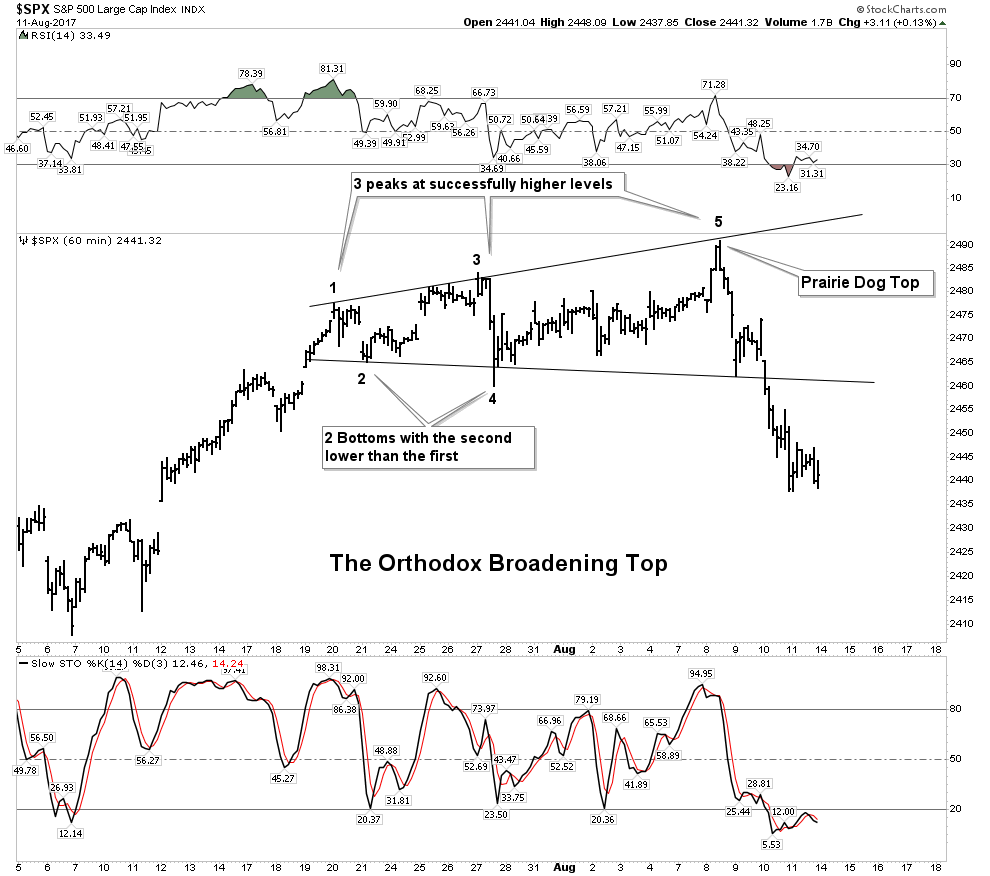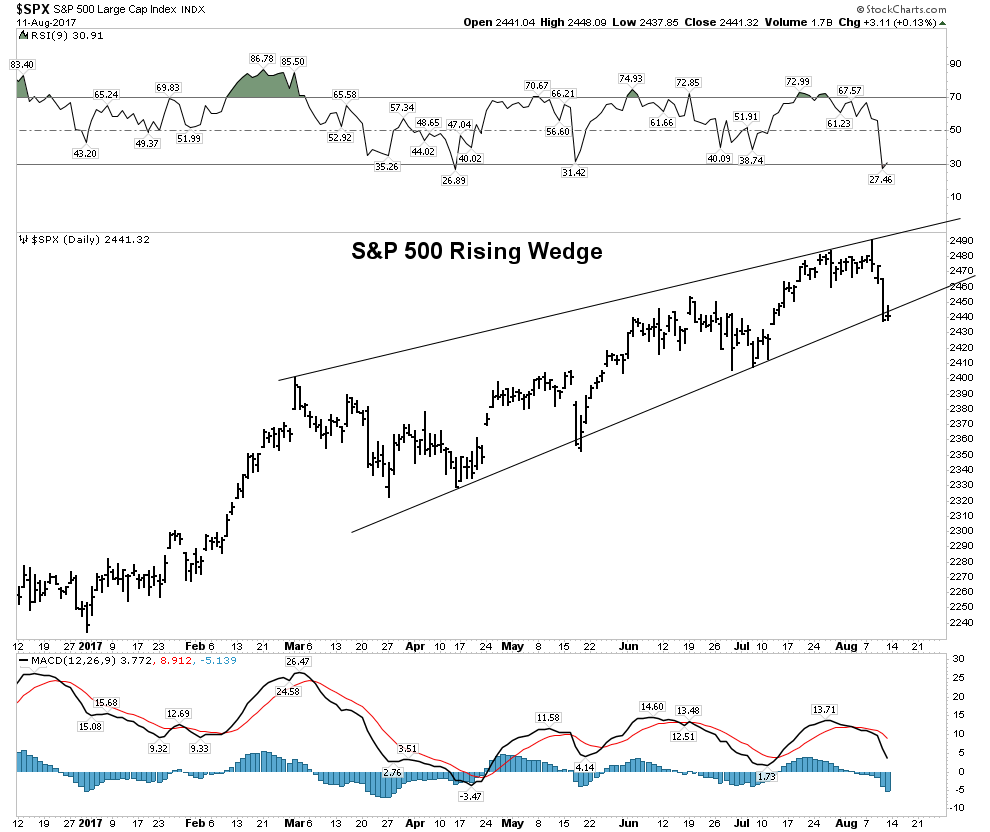George Santayana was noted as saying:
“Those who cannot remember the past are condemned to repeat it”
As human beings, we all have a limited life span. And, as one generation fades away, we often see the next generation growing in its shadow, but forgetting the lessons learned by those who came before them. Sadly, it is a fact of life.
Today, we see the stock market and certain assets like Bitcoin rising to heights never imagined by market participants even 5 years ago. Yet, we believe the reasons for the rise in price are different today than they were in generations past.
Many analysts and market participants are certain that it is purely due to central bank’s actions that we are creating a new bubble. In fact, someone forwarded me what some deem as “analysis,” which stated that “bubbles are a symptom of central bank monetary policy.” And, sadly, many market participants believe this to be true.
Unfortunately, too many are willing to adopt what they read as truth, without testing it through the prism of intellectual honesty. So, let me present you a question to test the ultimate “truth” presented about central  banks and bubbles: What central bank caused what is considered to be the first speculative bubble in modern history – “Tulipmania?”
banks and bubbles: What central bank caused what is considered to be the first speculative bubble in modern history – “Tulipmania?”
For those who are unfamiliar with history, in the 17th century, which is regarded as the Dutch Golden Age, contract prices for tulip bulbs reached extraordinarily high levels and then dramatically collapsed in February 1637. At the peak of “tulipmania,” a single tulip bulbs sold for more than 10 times the annual income of a skilled craftsworker.
Yet, there was no central bank that was involved in this event. And, amazingly, this has been the case study for what we deem to be a “bubble” within markets. Moreover, it has been determined that this bubble was caused by the “madness of the crowd,” as coined by Charles Mackay. So, again, no where do I see any central bank involvement in this case study of a market bubble.
You see, Mackay concluded that crowds often behave irrationally, especially when dealing with financial markets. This irrationality of the market is what causes bubbles to occur. While we may want to view a central bank as the “rational reason” for such bubbles, the ultimate point is that there is nothing rational about bubbles. Therefore, rational reasons are immaterial, if you really think through the issue carefully.
Unfortunately, most are too willing to adopt the commonly held fallacies about financial markets rather than engage in any independent thought. So, they simply propagate the commonly held fallacies, which causes them to be even more widely adopted by the masses, as the great majority of the public will never test these perspectives through a prism of intellectual honesty and truth.
So, while so many erroneously believe that it is the central bank that “causes” these bubbles, the truth is that these bubbles are caused by the irrationality of the market, and this is the one truth that has withstood the test of time throughout all known bubbles.
Moreover, it is the same irrationality of the market which causes the central banks to act. So, rather than being an actual cause to the bubbles, central banks are mere actors within the causation chain, all being directed by the same force – the irrationality of markets, or, as we define it, the sentiment of the market.
The reason I bring this up is because of the logically inconsistent position it will require you to hold if you believe the central bank is so powerful as to cause a bubble. It would mean that you would have to believe that the central bank can control the market. But, if that were the case, how would a market ever crash? You may then say that the central bank pushed the market up, whereas market irrationality or sentiment caused it to crash. But, if the central bank is unable to control both sides of the market, then it clearly is not in control at all. Rather, it’s the market irrationality, or sentiment, which is in control at all times, as that is what pushes markets to the extremes from which it also triggers the crash.
I have performed analysis in the past to prove this to be the case in our own financial markets. Yet, too many are still beholden to the fallacy that the central banks are the driving force behind market movements. Sadly, when market sentiment pushes the prices in the market to the ultimate extreme, and then turns those prices to the downside, anyone believing in the omnipotence of the central banks will be caught on the wrong side of price when those central banks will fail to stop the market decline driven by market sentiment, despite their repeated attempts. We learned this in the Great Depression.
“The Federal Reserve System, from February to December 1931, increased the issue of Federal Reserve notes by 80%. These issues were due to bank failures which made necessary a larger use of cash. Yet, after a wave of bank failures . . . both banks and their depositors began raiding each other in a cut-throat competition which more than defeated the new issues of Federal Reserve notes.”
Irving Fisher, Booms and Depressions, 1932
Since we are several generations beyond that period of time, the masses have clearly forgotten those lessons, and are falling into the same traps of those from generations past.
Avi Gilburt is a widely followed Elliott Wave technical analyst and author of ElliottWaveTrader.net (www.elliottwavetrader.net), a live Trading Room featuring his intraday market analysis (including emini S&P 500, metals, oil, USD & VXX), interactive member-analyst forum, and detailed library of Elliott Wave education.














 1.
1.  banks and bubbles: What central bank caused what is considered to be the first speculative bubble in modern history – “Tulipmania?”
banks and bubbles: What central bank caused what is considered to be the first speculative bubble in modern history – “Tulipmania?” 












